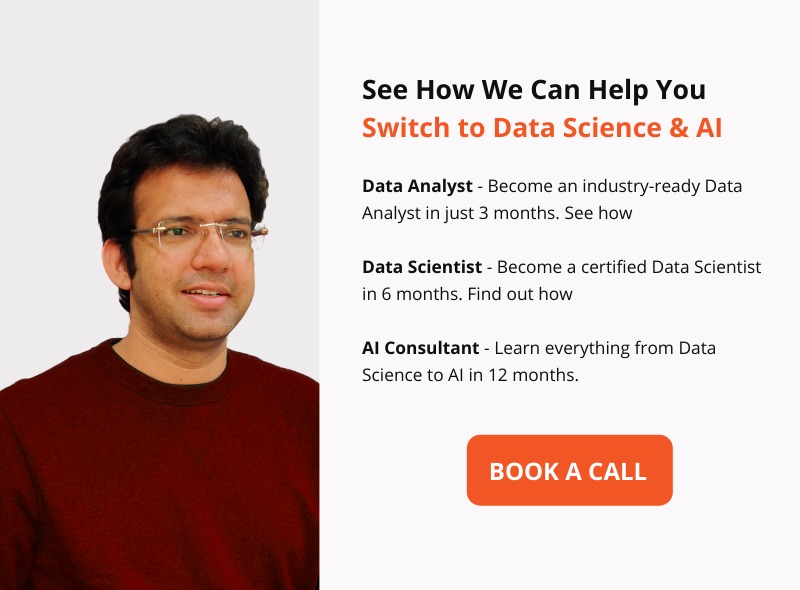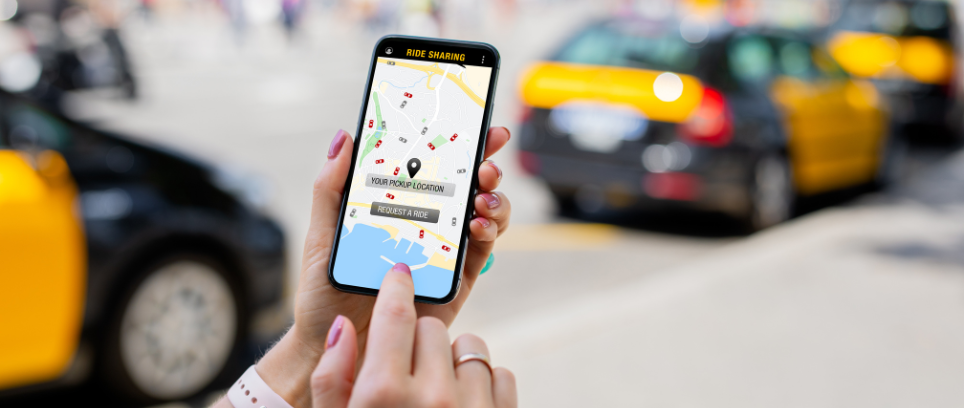In an era where data is often hailed as the new oil, no company has harnessed its power quite like Uber.
The ridesharing giant has not only revolutionized the way we move from place to place but has done so by making data the driving force behind its operation.
But how exactly did Uber achieve this data-driven revolution, and what are the secrets behind its unparalleled success?
🚀 Are you ready to embark on a journey to explore Uber’s data-driven transformation?
💡 Curious about the role of data science projects and the technology that powers them?
🔍 Wondering how data analytics and AI can redefine entire industries?
Join us in this comprehensive blog as we delve deep into Uber’s data-driven journey. Get ready for an exciting ride filled with insights, revelations, and answers to these burning questions in the digital age!
Let’s dive deeper into each of these compelling points about Uber’s data-driven transformation:
1. Revolutionizing Transportation
Uber’s data-driven revolution in transportation has completely transformed the way people move within cities. Before Uber, the taxi industry followed traditional models where passengers hailed taxis on the street or called a dispatcher. Uber’s innovative use of data and technology has disrupted this old paradigm.
With the Uber app, users can request rides with a few taps on their smartphones. The data-driven approach has not only made hailing a ride more convenient but has also introduced transparency in pricing, allowing users to know the fare upfront. This revolution has made urban transportation more efficient and accessible than ever before.
2. User Experience Enhancement
At the core of Uber’s data-driven transformation is a commitment to enhancing the user experience. Through continuous data collection and analysis, Uber can personalize services for both riders and drivers. Riders benefit from faster pick-up times and real-time tracking of their rides, thanks to data-driven optimization of driver routes.
For drivers, data insights help them make informed decisions about where to offer their services. This personalized approach fosters trust and satisfaction, making Uber the preferred choice for urban mobility.
3. Dynamic Pricing and Geosurge
Uber’s dynamic pricing, or surge pricing, is a prime example of their data-driven strategy in action. While surge pricing might seem arbitrary, it’s driven by a highly sophisticated predictive model called Geosurge. This model takes into account a myriad of factors, such as demand fluctuations, traffic patterns, and geographic locations, to determine the right pricing for a ride.
This dynamic pricing not only ensures that passengers can secure rides even during peak demand but also incentivizes drivers to meet this demand, creating a flexible and efficient system for both riders and drivers.
4. Improved Communication
Beyond ride logistics, Uber’s data-driven approach extends to enhancing communication between drivers and passengers. The introduction of “One-Click Chat” (OCC) is a prime example. OCC leverages machine learning and natural language processing to facilitate communication during a ride.
This innovation empowers drivers to respond to rider queries seamlessly, improving coordination and communication. As a result, it elevates the overall rider-driver connection, contributing to a more positive ride experience.
5. Customer Retention and Innovation
In a fiercely competitive industry, maintaining a large and loyal user base is an ongoing challenge. Uber addresses this challenge with a data-driven approach. They use data science models to accurately predict and manage user demand, ensuring passengers can reliably secure rides when needed.
Additionally, Uber’s tier-based reward system offers higher-tier users greater perks, which encourages customer loyalty. The introduction of personalized destination suggestions is another innovative feature that keeps riders engaged and coming back for more, showcasing Uber’s dedication to continuous innovation and enhancing customer retention through data-driven strategies.
Uber’s story is not just about transportation; it’s a testament to the transformative power of data. The journey into the data-driven transformation of Uber provides a blueprint for businesses looking to harness the potential of data science and AI.
As we conclude this exploration, we recognize that data is not just a tool but a driving force for innovation and customer satisfaction. It’s time for all of us to dive into the data-driven future.
Join us as we delve into the Data-Driven Transformation of Uber and unlock the secrets behind its success.
Ready to level up your data science and AI skills?
 Pin
PinJoin Accredian’s Data Science & AI Course today and unlock a world of possibilities! Don’t miss out – take the first step toward a data-driven future.






